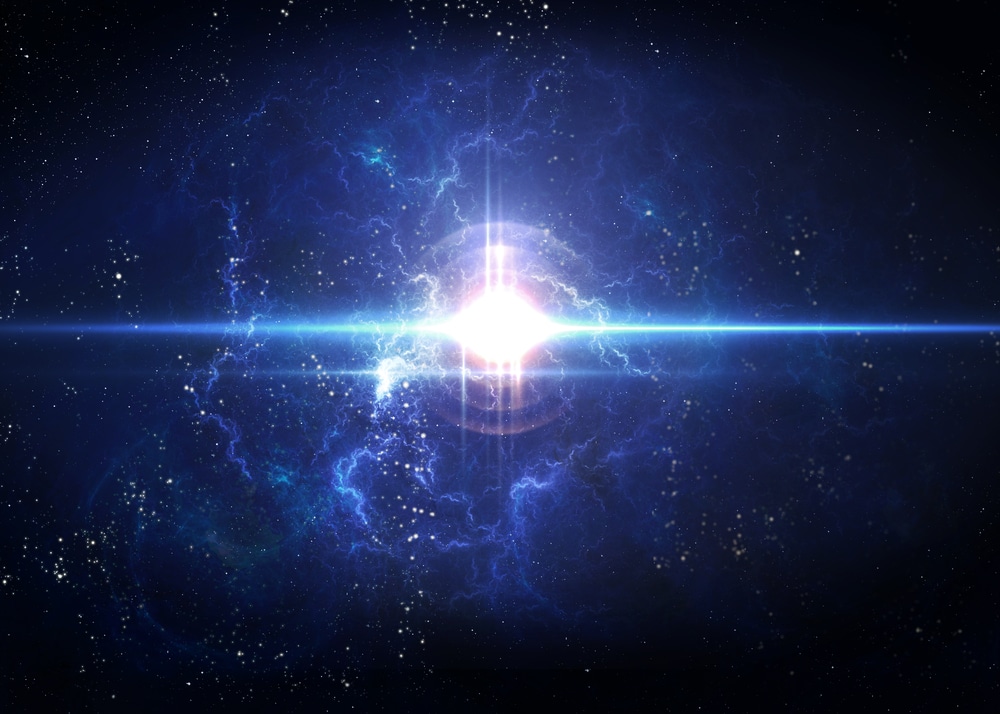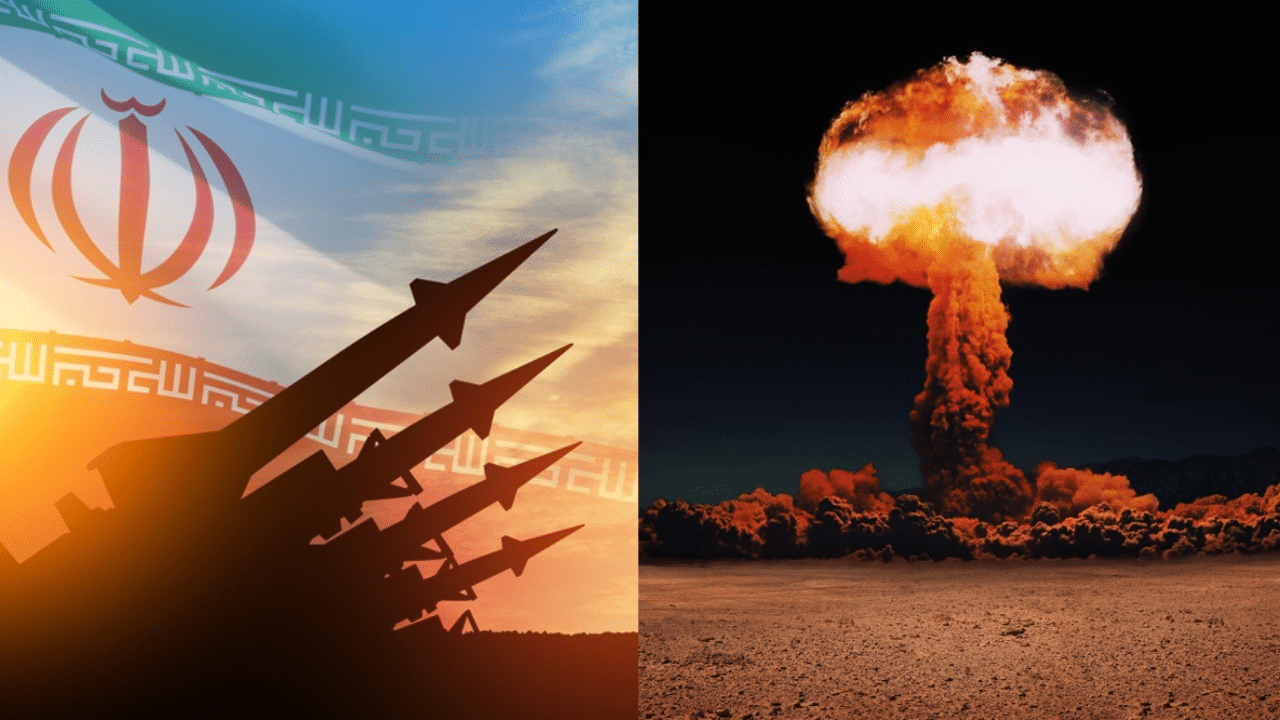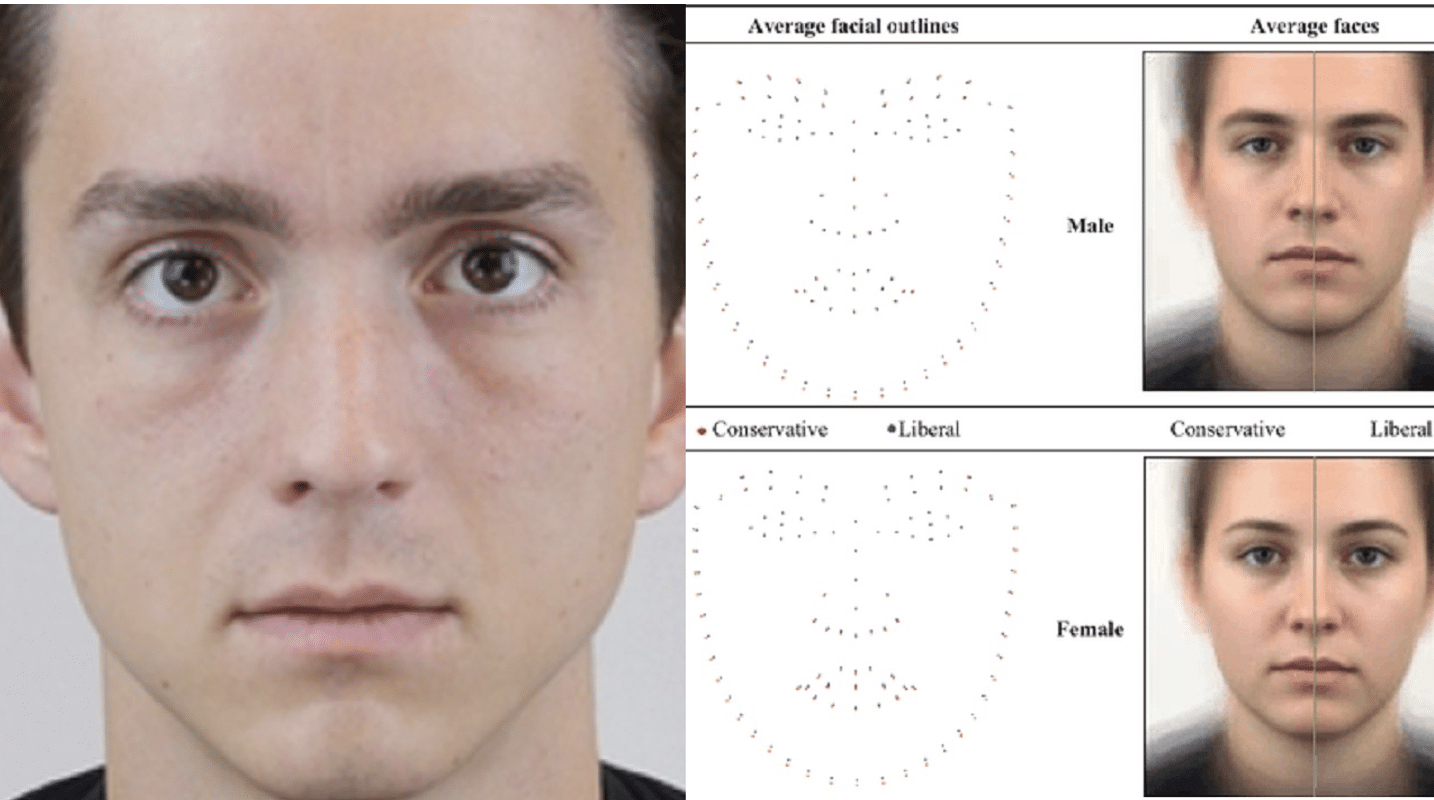It started as an unremarkable flicker in the night sky. But closer observations revealed that astronomers had captured the largest cosmic explosion ever witnessed, an event thought to have been triggered by a giant cloud of gas being gobbled up by a supermassive black hole.
According to the Guardian, The flare-up, traced to 8bn light years away, is more than 10 times brighter than any known supernova and has so far lasted more than three years, making it the most energetic explosion on record.
“It went unnoticed for a year as it gradually got brighter,” said Dr Philip Wiseman, an astronomer at Southampton University who led the observations. It was only when follow-up observations revealed how distant it was that astronomers appreciated the event’s almost unimaginable scale.
“We’ve estimated it’s a fireball 100 times the size of the solar system with a brightness about 2tn times the sun’s,” Wiseman said. “In three years, this event has released about 100 times as much energy as the sun will in its 10bn-year lifetime.”
Scientists believe that the explosion, known as AT2021lwx, is the result of a vast cloud of gas, possibly thousands of times larger than our sun, plunging into the inescapable mouth of a supermassive black hole.
The cloud of gas may have originated from the large dusty “doughnut” that typically surrounds black holes – although it is not clear what may have knocked it off course from its orbit and down the cosmic sinkhole.
AT2021lwx is not the brightest phenomenon ever witnessed. A brighter gamma-ray burst, known as GRB 221009A, was spotted last year, but this event lasted only minutes. By contrast, the new event is still going strong, meaning the overall energy release is far greater.
The explosion was first detected in 2020 by the Zwicky Transient Facility in California, which surveys the night sky for sudden increases in brightness that could signal cosmic events such as supernovae or passing asteroids and comets. The event initially did not stand out, but when follow-up observations allowed its distance to be calculated, astronomers realised they had captured an incredibly rare event.
“When I told our team the numbers they were all just so shocked,” Wiseman said. “Once we understood how extremely bright it was, we had to come up with a way to explain it.”

















